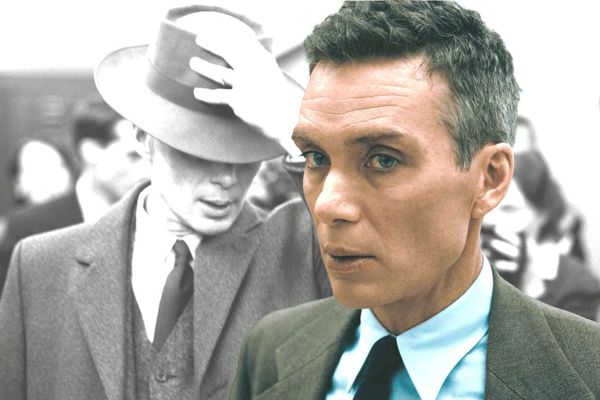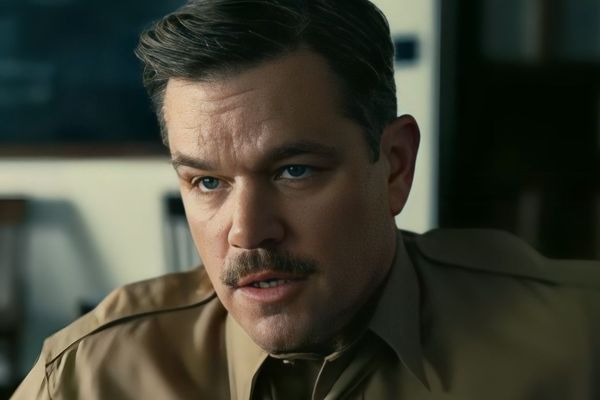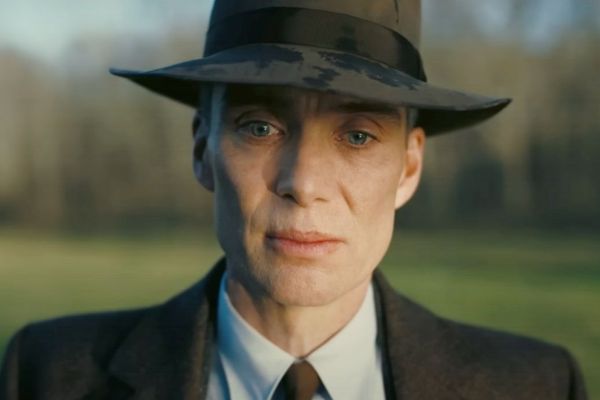
Oppenheimer: The Cinematic Portrayal of a Nuclear Explosion

Exploring the VFX challenges and creative choices in Christopher Nolan's latest movie, Oppenheimer.
The Art of Visual Effects
Christopher Nolan's latest cinematic endeavor, Oppenheimer, has sparked a wave of discussion and critique surrounding its portrayal of a nuclear explosion. The movie, a bibliographical drama that delves into the life of J. Robert Oppenheimer and his pivotal role in the development of the world's first nuclear bomb, has drawn attention to the use of practical effects in depicting the explosive Trinity test.
Oppenheimer talking to General Groves in Oppenheimer.
In a departure from the conventional use of CGI, Nolan elected to rely on practical effects to capture the pivotal moment of the first bomb's detonation. This creative choice posed a significant challenge for the VFX team, as they navigated the complexities of representing a nuclear explosion without the aid of computer-generated imagery.
Voices from the VFX Community
The decision to forgo CGI in the portrayal of the nuclear explosion in Oppenheimer has sparked a dialogue within the VFX community. Notably, VFX artists Sam Gorski and Wren Weichman shared their insights, highlighting the intricacies and challenges of capturing the authenticity of such a monumental event using practical effects.
The Challenge of Realism
The VFX team faced a formidable challenge in authentically depicting the Trinity test without the use of CGI. The inherent limitations of practical effects in recreating the scale and intricacies of a nuclear explosion presented a daunting hurdle.
The absence of CGI posed a unique set of challenges, as the team navigated the intricacies of representing a nuclear blast without breaching international treaties and regulations. The resulting practical effects, while commendable in their commitment to realism, fell short of capturing the true magnitude and visual characteristics of a nuclear explosion.
Navigating Creative Constraints
Nolan's steadfast commitment to practical effects and avoidance of CGI presented a series of creative constraints for the VFX team. The inherent limitations of practical effects in capturing the grandeur and scale of a nuclear explosion required innovative approaches to convey the gravity of the Trinity test.
The Illusion of Realism
Despite the constraints of practical effects, Oppenheimer's meticulous editing and visual storytelling succeeded in creating an illusion of realism. Through careful editing and perspective, the movie adeptly crafted an immersive portrayal of the Trinity test, evoking the haunting imagery and impact of the pivotal moment in history.
The forced perspective and the use of practical effects to create a chemically-fed mushroom cloud imparted an evocative semblance of authenticity, skillfully drawing audiences into the historical gravity of the Trinity test.














